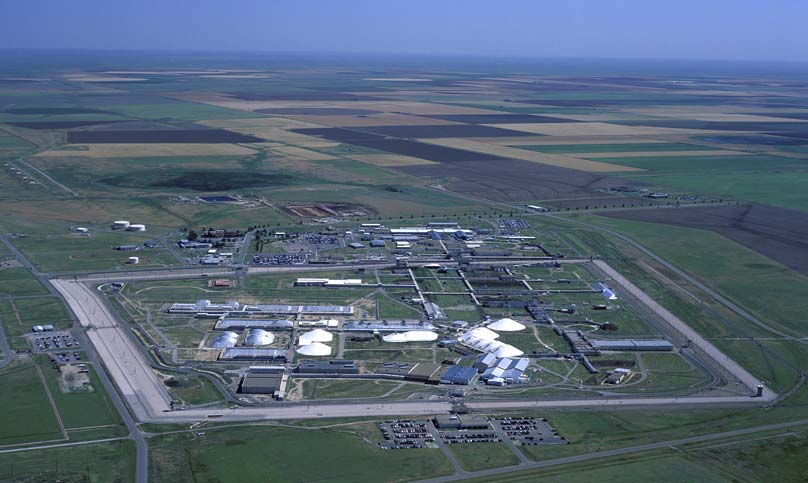Part 1 of 2 Parts
There is a glut of plutonium in the U.S. and Russia as a result of excessive warhead production during the Cold War. The U.S. peaked at thirty-seven thousand warheads in 1967. The Soviet Union peaked at forty-five thousand warheads in the 1970s. These arsenals could have destroyed human civilization many times over.
One big concern about all the excess plutonium at sites around the U.S. is that such weapons grade radioactive material is an attractive target for terrorists. A nuclear bomb can be made from about twenty-four pounds of plutonium. Plutonium emits alpha particles which can be stopped by a thin layer of glass or leather or even human skin. This makes plutonium an attractive material for terrorists because they can transport it without much danger of exposure to harmful levels of radioactivity. The main danger is that if particles of plutonium are inhaled, they can cause cancers.
During the Cold War, there was no discussion or thought given to methods for disposing of excess plutonium. It was only after the fall of the Soviet Union in 1991 that Russia and the U.S. began thinking about plutonium disposal. Currently, the U.S. has no long-term plan about what to do with its share of the plutonium which has a half-life of twenty-four thousand years.
At the U.S. Department of Energy Pantex facility near Amarillo, Texas, contract workers remove the plutonium cores from nuclear warheads that have been retired. This is a very dangerous job even with all the safety rules that are in place. The DoE has fifty-four metric tons of surplus plutonium at sites around the U.S. At the Pantex plant, there are many more than the twenty thousand cores maximum mandated by regulations and more are added every day.
Although the work at the Pantex plant gets little publicity, there is increasing pressure to dismantle nuclear warheads, so the U.S. will not exceed the 2010 Treaty limit of one thousand five hundred and fifty warheads. The U.S. wants to decommission and dismantle old nuclear warheads so they can replace them with newer and more deadly weapons. Russia is doing the same with their nuclear arsenal.
The U.S. has not begun work to get the additional space needed to bury the excess plutonium at least two thousand feet below the ground. This is considered a safe depth for the storage of plutonium. Currently, a great deal of the U.S.’s plutonium is stored in a building above ground at the DoE Savanna River Site in South Carolina. Local critics say that the building was never designed to store plutonium and that there is a significant risk of leakage of nuclear materials and/or serious nuclear accidents.
The DoE does have a small experimental nuclear weapons materials storage site in New Mexico. The DoE is having discussions with New Mexico officials to expand the site. Local environmental groups are very opposed to this idea.
Please read Part 2
Pantex plant in Texas:
